Project Name
CorrespondencesPosted in
Art, Fashion, Fashion design| Detailed Information | |||||
|---|---|---|---|---|---|
| Project Name | Correspondences | Posted in | Art, Fashion, Fashion design | ||
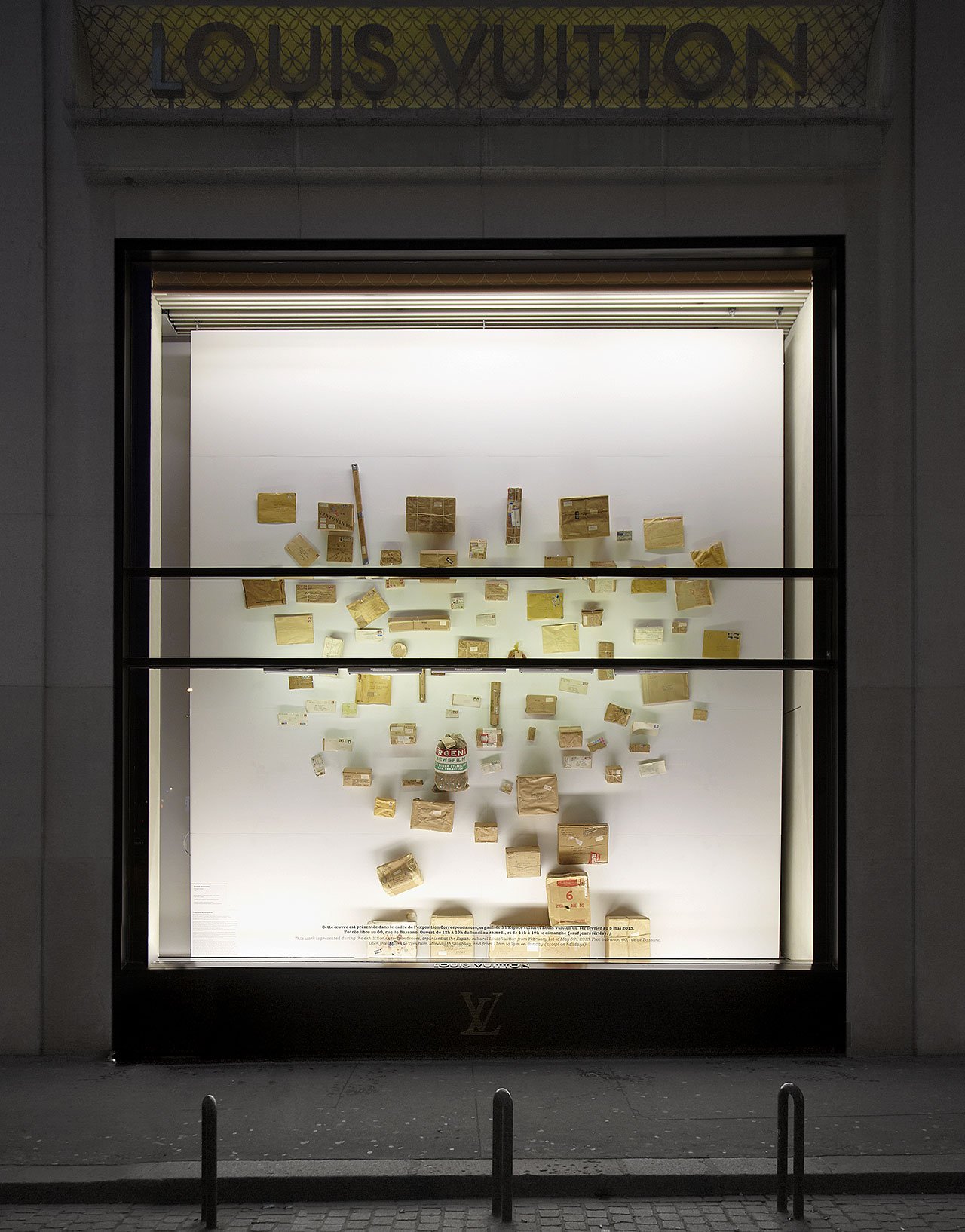
STEPHEN ANTONAKOS
Package Project, 1971
Séries de 84 paquets / Paquet de Robert Indiana
Encre, papier et technique mixte
Series of 84 packages / Package from Robert Indiana
Ink, paper, and mixed media
Photo: Jeffrey Sturges, New York
Courtesy Konrad Fischer Galerie, Berlin/Dusseldorf
© 1971 Stephen Antonakos
Beautifully pairing elegance with function, the new four-wheeled suitcase is here to radically enhance the travel experience with its subtly retro look, reassuring curves and ergonomic design. The Zephyr proudly exhibits all the features that make a piece of Louis Vuitton luggage so distinctive: the pale gold patina on the leather handle and address tag, the padlock, the iconic Monogram canvas and LV initials along with a myriad discreet and carefully considered refinements that contribute to the brand’s timeless elegance. A series of slim pockets and closed adjustable spaces offer so many possibilities which are sure to fulfill every traveller’s needs.

Louis Vuitton’s new four-wheeled suitcase. PeÌgase series.
photo © Louis Vuitton
Keeping in line with Louis Vuitton’s highest standards in terms of precision, robustness and quality, the suitcase features a saddle stitch (piqûres à cheval) that not only adds to its beauty, but also significantly increases its durability and robustness. Held together by a fibreglass frame, discreetly placed underneath the zip, it incorporates waterjet cutting for a perfect matching of luggage structure and functional pieces unique to Louis Vuitton. Once again at the leading edge of innovation, the TR4 is the first branded thermo compressed canvas luggage, a technology combining excellent canvas skills (durability and resistance to abrasion) with a strong rigidity as well as an elasticity which is shock absorbent. Add to this to its ability to twist and turn upon itself with admirable ease and you have the perfect suitcase that will make travelling not only stylish a pleasure as well.
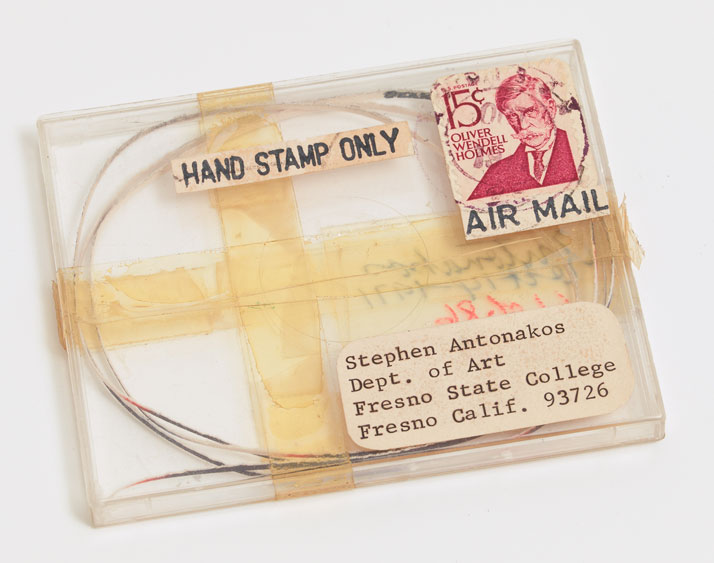
STEPHEN ANTONAKOS
(package from / paquet de Unidentified)
Package Project, 1971
84 paquets / 84 packages
Encre, papier et technique mixte / Ink, paper, and mixed media
Dimensions variables / Variable dimensions
Prêt de l’artiste / Lent by the artist
Courtesy Konrad Fischer Galerie, Berlin / Dusseldorf
Photo : Jeffrey Sturges, New York
© 1971 Stephen Antonakos
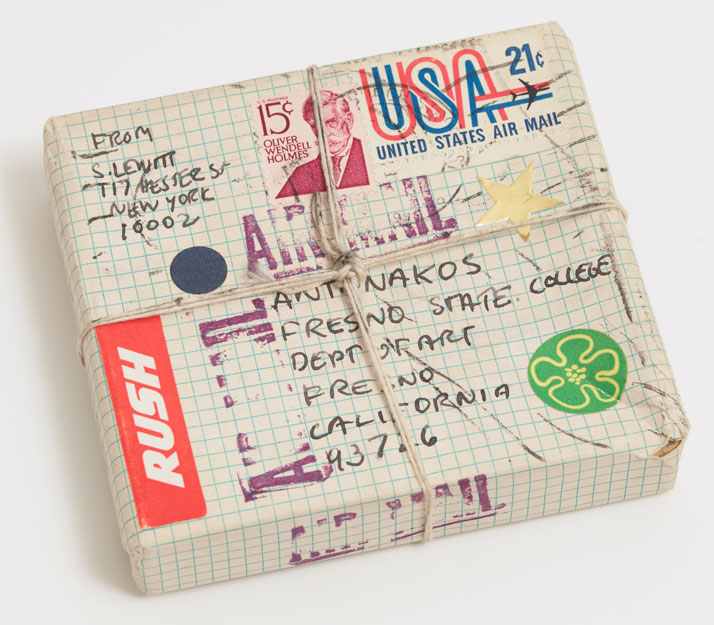
STEPHEN ANTONAKOS
(package from / paquet de Sol LeWitt)
Package Project, 1971
84 paquets / 84 packages
Encre, papier et technique mixte / Ink, paper, and mixed media
Dimensions variables / Variable dimensions
Prêt de l’artiste / Lent by the artist
Courtesy Konrad Fischer Galerie, Berlin / Dusseldorf
Photo : Jeffrey Sturges, New York
© 1971 Stephen Antonakos
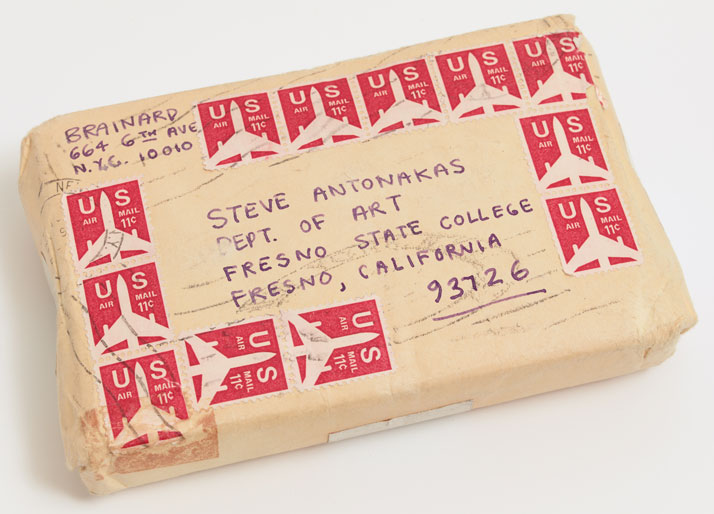
STEPHEN ANTONAKOS
(package from / paquet de Joe Brainard)
Package Project, 1971
84 paquets / 84 packages
Encre, papier et technique mixte / Ink, paper, and mixed media
Dimensions variables / Variable dimensions
Prêt de l’artiste / Lent by the artist
Courtesy Konrad Fischer Galerie, Berlin / Dusseldorf
Photo : Jeffrey Sturges, New York
© 1971 Stephen Antonakos
And as if the news of a brand new Louis Vuitton luggage was not enough to excite travel enthusiasts, theEspace Culturel Louis Vuitton further invites us to travel through time and space with a beautiful exhibition, while admiring the new Zephyr at their grand Champs-Élysées store.
‘Correspondences’ is the new exhibition that is currently on display until May 5, 2013 at the Espace Culturel Louis Vuitton, the exhibition space located within the Maison’s Champs-Élysées flagship store in Paris, France. Curated by Erik Verhagen, the exhibition takes visitors through the history of Mail Art, the cultural movement that was born in the early 1960s centred around the idea of sharing unique artworks through the international postal system.
Aesthetically influenced by common postal objects, the artists ingeniously combined postage stamps, collage, handwriting, typography and rubber stamps to create envelope-enclosed artworks. The artworks were then mailed to another artist with explicit instructions to add on to and subsequently mail to the next artist. Generated by a desire to circumvent the art market and thus not be embedded with institutions, this chain-mail approach allowed a free distribution of art and created an opportunity to directly exchange ideas and information among artists in different countries.
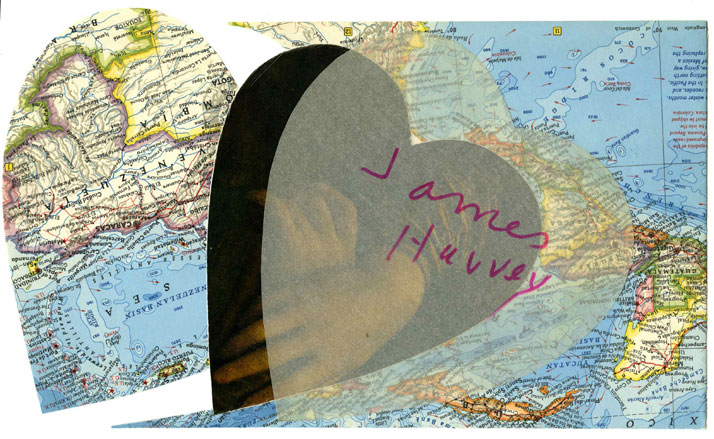
RAY JOHNSON
Sans titre / Untitled, Non daté / Undated
Collage sur papier / Collage on paper
21,6 x 27,9 cm
Courtesy Richard L. Feigen & Co.
© Ray Johnson Estate
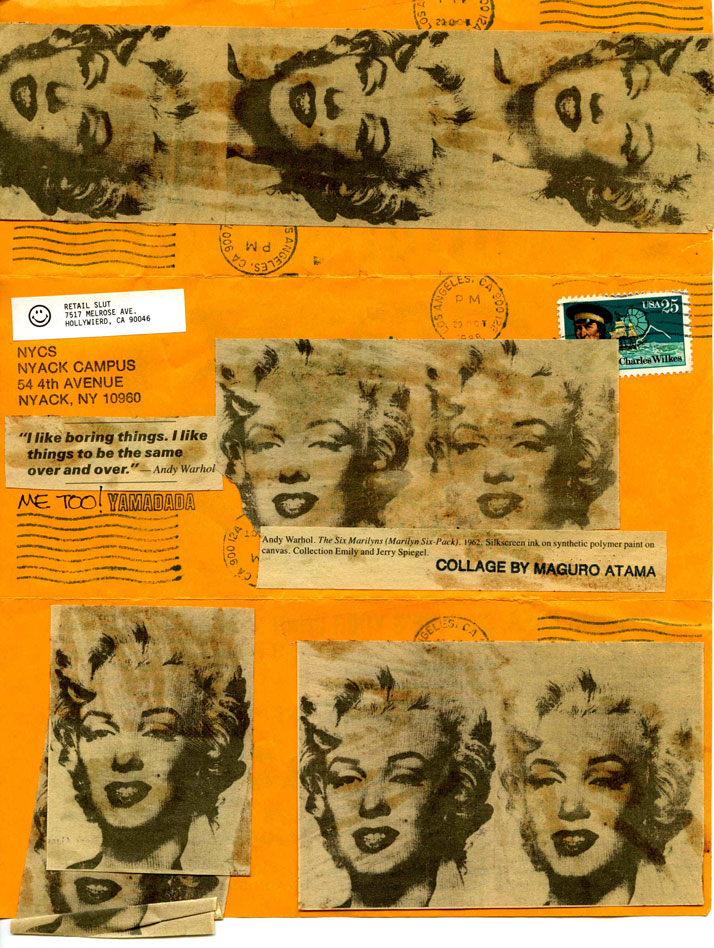
RAY JOHNSON
Sans titre / Untitled, 1988
Enveloppe / Envelope
27,9 x 21,6 cm
Courtesy Richard L. Feigen & Co.
© Ray Johnson Estate
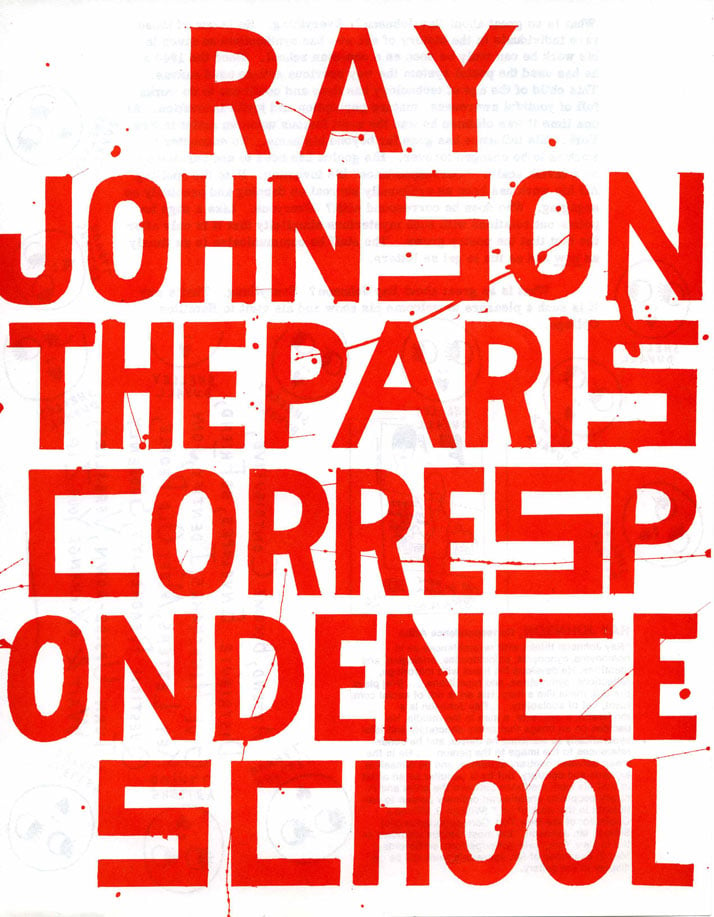
RAY JOHNSON
Sans titre / Untitled, Non daté / Undated
Courrier / Mailing
27,9 x 21,6 cm
Courtesy Richard L. Feigen & Co.
© Ray Johnson Estate
Building on this very premise, the exhibition establishes an open dialogue between artists by bringing together works by creators from different generations with different sensibilities. The fact that they have all chosen to use the post as an artistic medium is the unifying factor between them. Featuring a selection of work from artists such as Eleanor Antin, Stephen Antonakos, Walead Beshty, Alighiero Boetti, Jan Dibbets, Eugenio Dittborn,Kurt Ryslavy, Vittorio Santoro and Danh Võ, it offers visitors the chance to delve into the world of mail art from its very beginning up until now.
Particular importance has been given to pioneering artist Ray Johnson, whose work has rarely been shown in France. A key figure in the development of mail art, Johnson invented the New York Correspondence School, which opened up an extensive mail art network of pen pals. The art of correspondence is intimately connected to and principally dependent on the idea of an established network comprised of artists, friends, or anonymous people brought together by a simple letter or package. Through this medium Ray Johnson promoted his letter-based body of work by mailing it to friends (such as artists Eleanor Antin, Alighiero Boetti and Jan Dibbets whose work is also exhibited) and asking them to contribute with their own finishing touches. Inevitably this interactive approach to the creation process broke all traditional conventions with regards to the status of the creator, which was meant to be shared (as illustrated by the work of Vittorio Santoro) or even be entirely wiped out (as seen in that of artist Danh Võ).
The Espace Culturel Louis Vuitton has also decided to give two artists a carte blanche: videographer Clarisse Hahnand sculptor Guillaume Leblon, who interestingly lend their own perspective to the myriad of facets and possibilities of an art form that uses a medium and aesthetic that s becoming scarce in our digitally-centred era.
Philatelists or even dada enthusiasts should not miss out on the opportunity to see this up close!

VITTORIO SANTORO
Letters To People (Silence Destroys Consequences), 2010-2011
Marqueur sur lettre et enveloppe / Marker on letter sheet and envelope
Env : 25.3 x 33 cm
Lett : 28.7 x 21 cm
Courtesy de l’artiste, Galerie Jérôme Poggi, Paris et Galerie Campagne Première, Berlin
© Vittorio Santoro

ELEANOR ANTIN
100 BOTTES EN MARCHE / 100 BOOTS ON THE MARCH, La Jolla, California. July 6, 1972 11:45 a.m.
..........................................
100 BOOTS, 1971-73
51 photographies cartes postales
noir et blanc / 51 black and white
picture postcards
11,4 x 17,8 cm chaque / each
Courtesy Ronald Feldman Fine Arts,
New York
© Eleanor Antin
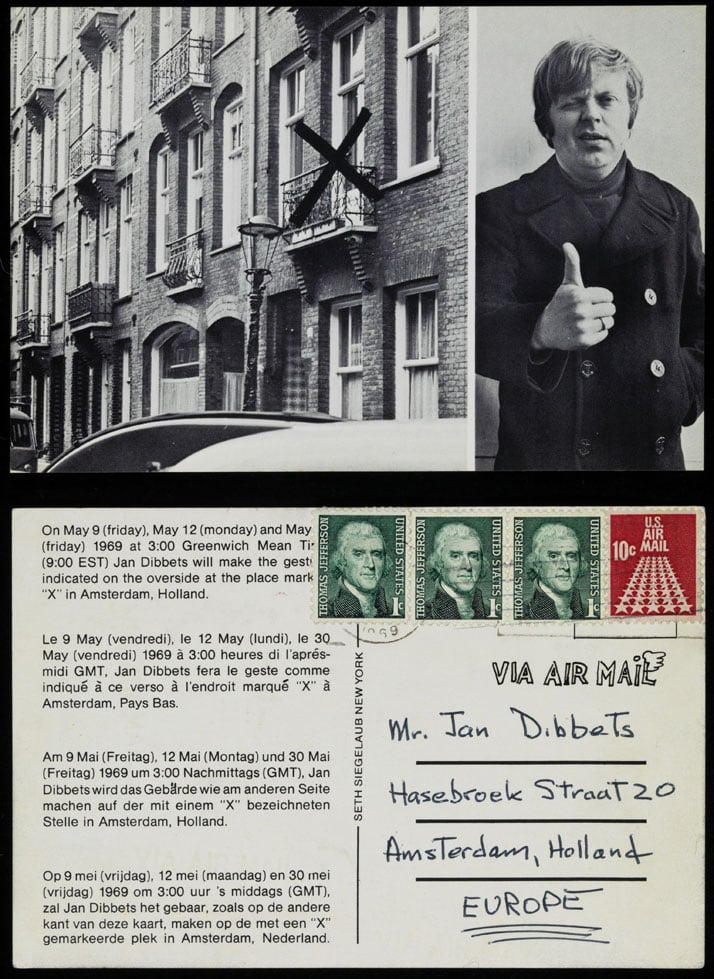
JAN DIBBETS
On May 9, 1969
Carte postale / Postcard (recto verso)
10,2 x 15,2 cm
Collection privée / Private collection
Photo : Tom Haartsen
© ADAGP Paris 2012
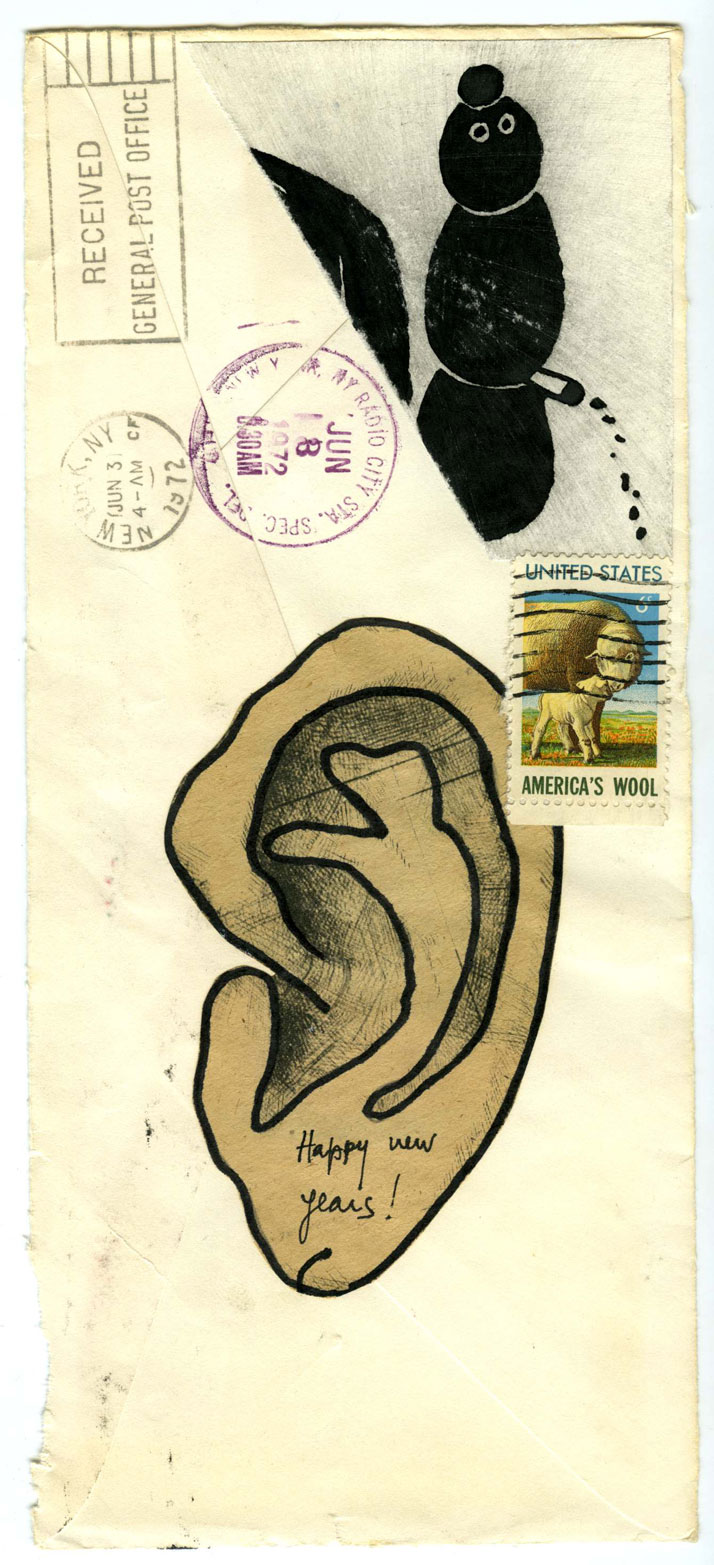
RAY JOHNSON
Sans titre / Untitled, 1972
Enveloppe / Envelope
10,8 x 24,1 cm
Courtesy Richard L. Feigen & Co.
© Ray Johnson Estate

RAY JOHNSON
Sans titre / Untitled, Non daté / Undated
Courrier / Mailing
8,9 x 14 cm
Courtesy Richard L. Feigen & Co.
© Ray Johnson Estate

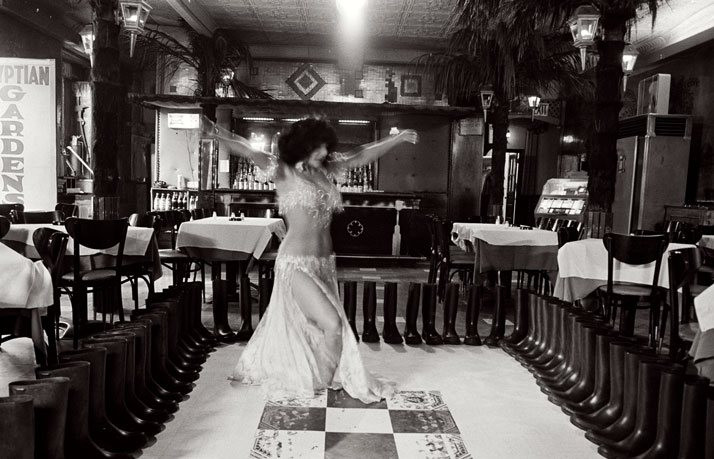
ELEANOR ANTIN
100 BOTTES AU CLUB « EGYPTIAN GARDENS » / 100 BOOTS VISIT ''THE EGYPTIAN GARDENS'' 29th Street and 9th Avenue, New York City. May 15, 1973 4:45 p.m.
..........................................
100 BOOTS, 1971-73
51 photographies cartes postales
noir et blanc / 51 black and white
picture postcards
11,4 x 17,8 cm chaque / each
Courtesy Ronald Feldman Fine Arts,
New York
© Eleanor Antin
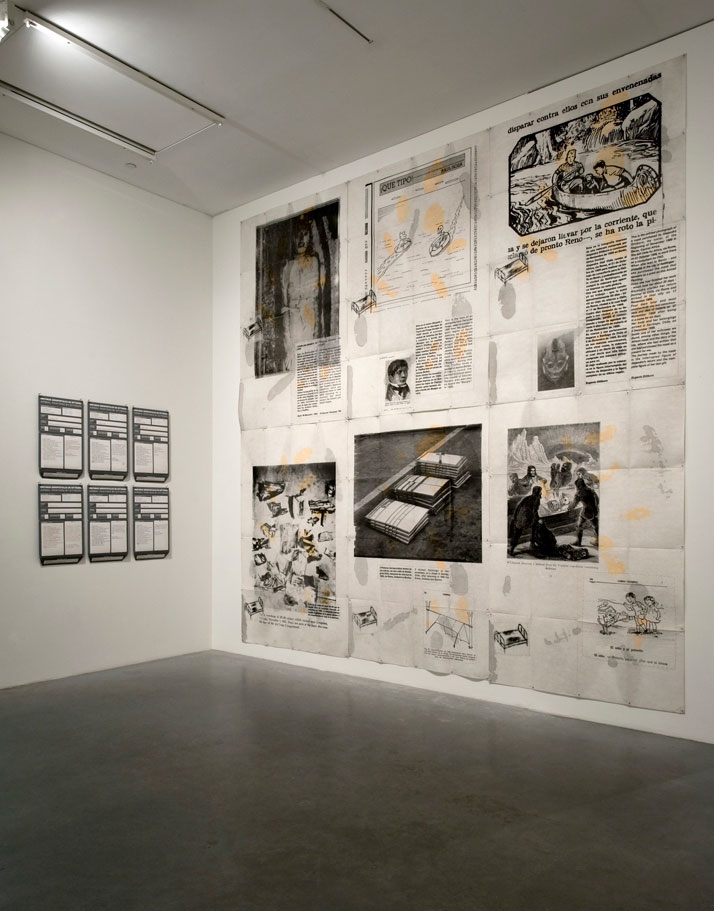
EUGENIO DITTBORN
To Return (RTM), 1993
Peinture Aéropostale N°103 / Airmail Painting N°103
Teinture, couture, fusain et photosérigraphie sur six modules de non woven fabric / Tincture, charcoal, stitching and photosilkscreen on six sections of non woven fabric.

DANH VÕ
2.2.1861, 2009- Dernière lettre de Saint Théophane Vénard à son père avant qu’il ne soit décapité, copiée par Phung Võ, 2009
Le titre et le numéro des exemplaires existants restent indéterminés jusqu’à la mort de Phung Võ. Chaque texte écrit à la main arrivera dans une enveloppe et sera posté par Phung Võ directe¬ment à l’acheteur, dont l’adresse sera archivée par Phung Võ.
2.2.1861, 2009- Last letter of Saint Théophane Vénard to his father before he was decapitated copied by Phung Võ, 2009
Title and number of existing copies remains undefined until the death of Phung Võ. Each handwritten text will arrive in an envelope and be postmailed by Phung Võ directly to the buyer, whose address as recipient will be archived by Phung Võ.
Encre sur papier / Ink on paper
29,6 x 21 cm
Courtesy de l’artiste et Galerie Isabella Bortolozzi, Berlin
© Danh Võ, Galerie Isabella Bortolozzi, Berlin
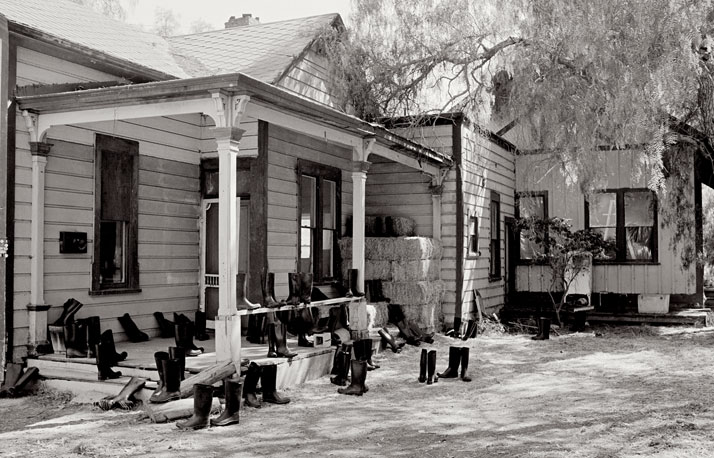
ELEANOR ANTIN
100 BOTTES SOUS LE PORCHE / 100 BOOTS ON THE PORCH, Sorrento Valley, California. October 8, 1971 12:15 p.m.
..........................................
100 BOOTS, 1971-73
51 photographies cartes postales
noir et blanc / 51 black and white
picture postcards
11,4 x 17,8 cm chaque / each
Courtesy Ronald Feldman Fine Arts,
New York
© Eleanor Antin
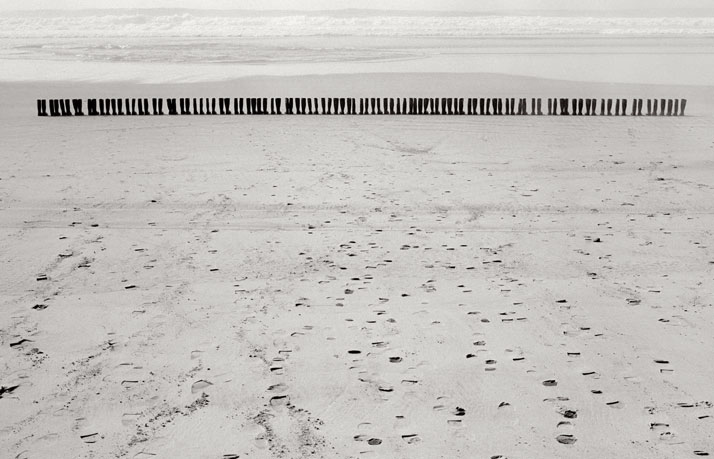
ELEANOR ANTIN
100 BOTTES DEVANT LA MER /100 BOOTS FACING THE SEA, Del Mar, California. February 9, 1971 2:00 p.m.
..........................................
100 BOOTS, 1971-73
51 photographies cartes postales
noir et blanc / 51 black and white
picture postcards
11,4 x 17,8 cm chaque / each
Courtesy Ronald Feldman Fine Arts,
New York
© Eleanor Antin

ELEANOR ANTIN
100 BOTTES EN CERCLES / 100 BOOTS CIRCLING, Lomas Santa Fe, California. May 17, 1971 12:30 p.m.
..........................................
100 BOOTS, 1971-73
51 photographies cartes postales
noir et blanc / 51 black and white
picture postcards
11,4 x 17,8 cm chaque / each
Courtesy Ronald Feldman Fine Arts,
New York
© Eleanor Antin

ELEANOR ANTIN
100 BOTTES SUR LA ROUTE / 100 BOOTS ON THE ROAD, Leucadia, California. July 12, 1971 10:30 a.m.
..........................................
100 BOOTS, 1971-73
51 photographies cartes postales
noir et blanc / 51 black and white
picture postcards
11,4 x 17,8 cm chaque / each
Courtesy Ronald Feldman Fine Arts,
New York
© Eleanor Antin

ALIGHIERO BOETTI
Code : Eritrea Libera, 1975
Collage d’enveloppes timbrées d’Ethiopie / Collage of stamped envelopes from Ethiopia
52 x 71,5 cm
Collection Anne-Marie Sauzeau Boetti
Photo : Pauline Guyon
© ADAGP Paris 2012














